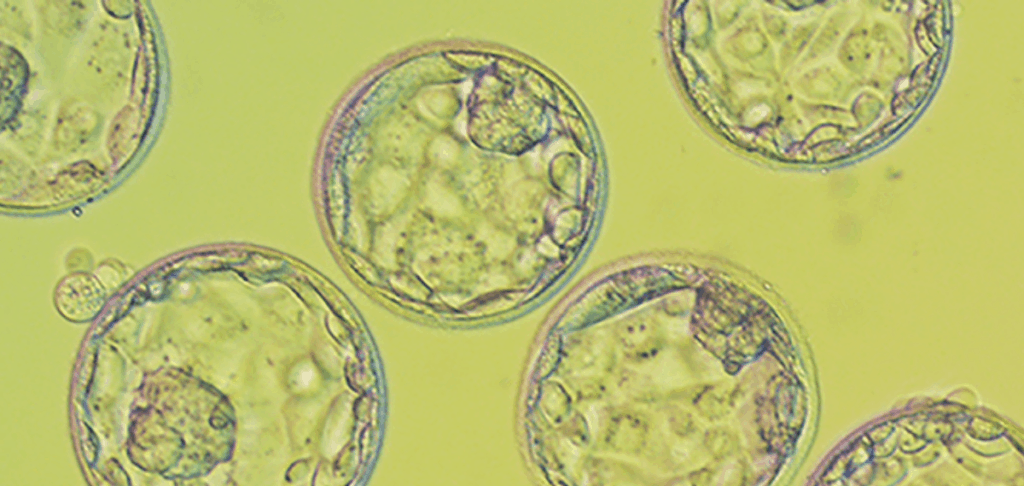In a IVF treatment cycle, embryos are transferred to the uterus within 2 or 3 days of insemination. The term blastocyst culture refers to an embryo that is developed in the laboratory instead of inside the woman’s womb. Blastocyst culture significantly increases the chances of pregnancy, especially in couples who have had repeated IVF failures. This is because most embryos transferred in conventional IVF may not have the quality to develop into a blastocyst in the womb.
By carefully monitoring the embryo past its blastocyst stage, our experts can pick the most viable ones and implant it in the womb. Also, the number of embryos transferred are lesser than in IVF, thus reducing the risk of multiple pregnancies.
Who it is for?
Women who have had previous IVF failures.
Women who have a large number of embryos and require the healthiest to be selected
Success rate:
A common measure of success is a day 35 ultrasound scan which confirms a foetal heart and viable ongoing pregnancy, referred to as the clinical pregnancy rate. The latest clinical pregnancy rates at our clinic is near about 75 percentage.


